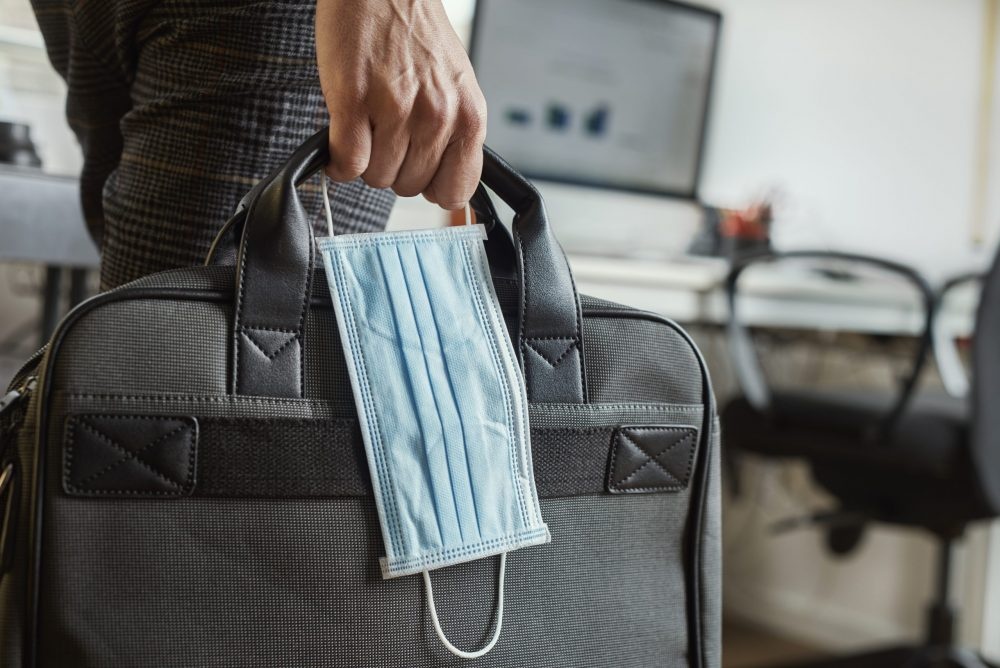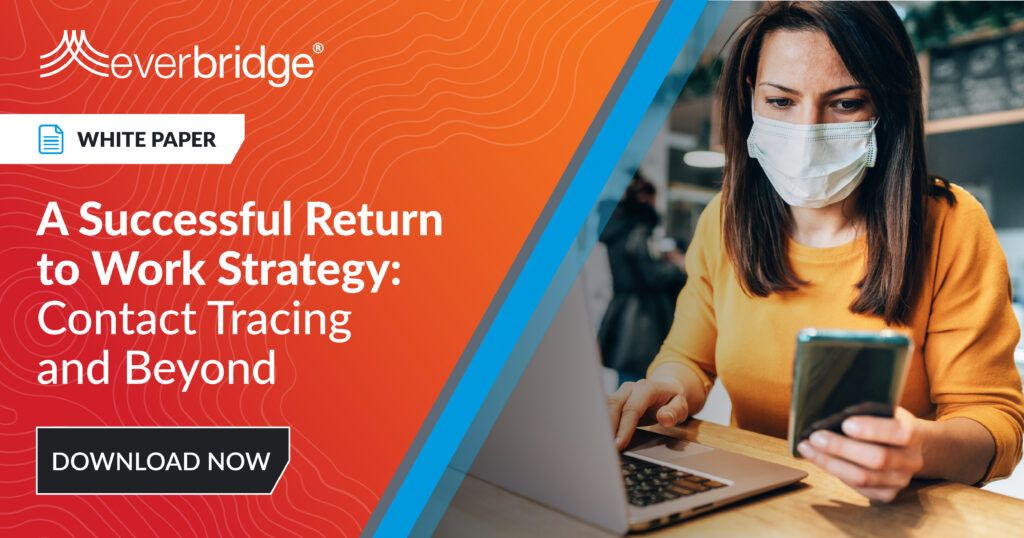What California assembly bill 685 means for your business

When Governor Gavin Newsom signed California assembly bill 685 (AB 685) in late September, he couldn’t have known the unenviable position the state would find itself in at the end of 2020. Leapfrogging over the U.K., Germany, and India, the Golden State now has among the highest number of new coronavirus cases in the world, with some intensive care units in California at zero capacity, reports The Washington Post.
Case counts are expected to keep rising over the holidays, but the implementation of AB 685, effective January 1, 2021, through January 1, 2023, may help slow the climb. That’s because the legislation requires all companies with employees or subcontractors in California to notify anyone in either group when they may have been exposed to Covid-19 at a worksite. (Health facilities as defined by Section 1250 of the California Health & Safety Code are, however, exempt from AB 685.) Alerted of the risk, employees and subcontractors can then take the necessary precautions to hopefully prevent the spread of infection.

But before any of that can happen, employees and subcontractors must first be notified of the potential risk — think of it as internal crisis communications. Putting the legislation in that framework may ease concerns about any perceived burdens associated with AB 685. With the right crisis communications tools and protocols in place, fulfilling its requirements doesn’t have to be onerous.
What triggers a COVID-19 notification?
Employees or subcontractors who meet any of the following conditions oblige businesses to begin the notification process outlined in AB 685:
- Has a lab-confirmed case of Covid-19;
- Was given a positive Covid-19 diagnosis by a licensed healthcare provider;
- Received a Covid-19-related order from a public health official to isolate; or
- Died due to Covid-19 as determined by a county public health department or as included in a county’s Covid-19 statistics
According to AB 685, any employee or subcontractor who meets one of the conditions listed above is considered a “qualifying individual.”
What does a COVID-19 notification consist of?
When a company learns that an employee or subcontractor can be classified as a qualifying individual, it must provide written notification to all staff and subcontractors who were physically present at the affected worksite during the infectious period, defined by the California State Department of Public Health as the time a Covid-19-positive person is infectious. The infectious period is defined as 10 days since symptoms appeared, and 24 hours without a fever and other symptoms have improved.
This notice may be relayed “in a manner the employer normally uses to communicate employment-related information,” according to the bill. In other words, written notice can be provided via email, SMS or text message, or personal service as long as the notice can be reasonably expected to reach the intended recipient within one business day of being sent. The notice must also be written in English, as well as the language best understood by the majority of employees. (Spanish and Chinese, for example, are the top two non-English languages spoken by Californians, according to the state’s census agency.) Lastly, the employer must maintain records of that notification for a period of at least three years.
The notice itself must communicate the following:
- That the employee or subcontractor may have been exposed to Covid-19 because they were at the same worksite as a qualifying individual during the infectious period;
- Information about any local, state, or federal benefits related to Covid-19, such as workers’ compensation or state-mandated leave. Information about anti-discrimination and anti-retaliation protections must also be included; and
- What, if any, disinfection and safety plan the employer will implement, as per the guidelines provided by the federal Centers for Disease Control.
What if there’s a COVID-19 outbreak at my company?
First, confirm that the number of cases meets the definition of “outbreak” provided by the California Department of Public Health. As of this writing, an outbreak at a non-health facility occurs when there are at least three probable or confirmed Covid-19 cases within a fourteen-day period among employees or subcontractors at a worksite, and they’re from different households and aren’t close contacts.
If your company does, in fact, have an outbreak, within 48 hours of that confirmation, you must notify the local public health agency with the names, number, occupation, and affected worksite of the qualifying individuals. Your company must also provide the NAICS code and business address of the worksite where the qualifying individuals work, as well as any subsequent laboratory-confirmed Covid-19 cases at the worksite.
What happens if my company doesn’t comply with AB 685?
Non-compliance can be expensive. The California Division of Occupational Safety and Health (DOSH) — more commonly known as Cal/OSHA — can issue an Order Prohibiting Use (OPU) for the closure of an entire worksite or some portion of it that exposes employees and subcontractors to an imminent hazard related to Covid-19.
Cal/OSHA can further issue citations for serious, Covid-19-related violations. Unlike past statutes, Cal/OSHA doesn’t have to notify employers fifteen days before issuing the citation, which can run up to $25,000, according to the California Code of Regulations, Title 8, Section 336(c)(1).
There are business and brand costs to consider as well. Closure could affect business revenue, as well as harm a company’s brand reputation, which could be far more detrimental to a business than the fines themselves.
How can my business comply with AB 685?
Coronavirus preparedness is more than manageable when you have the right tools, platforms, and systems. Everbridge, for instance, has a number of crisis management solutions, including an emergency mass notification system that can automate your messages. A template for various stakeholder groups (e.g., Cal/OSHA, employees, and local public health agencies) can even be prepared ahead of time and automated to meet the timelines laid out in AB 685. Deploying your communications plan can be as easy as clicking a button — say goodbye to time-consuming manual processes!
To learn more about your options, read about Everbridge’s Contact Tracing Solution.



